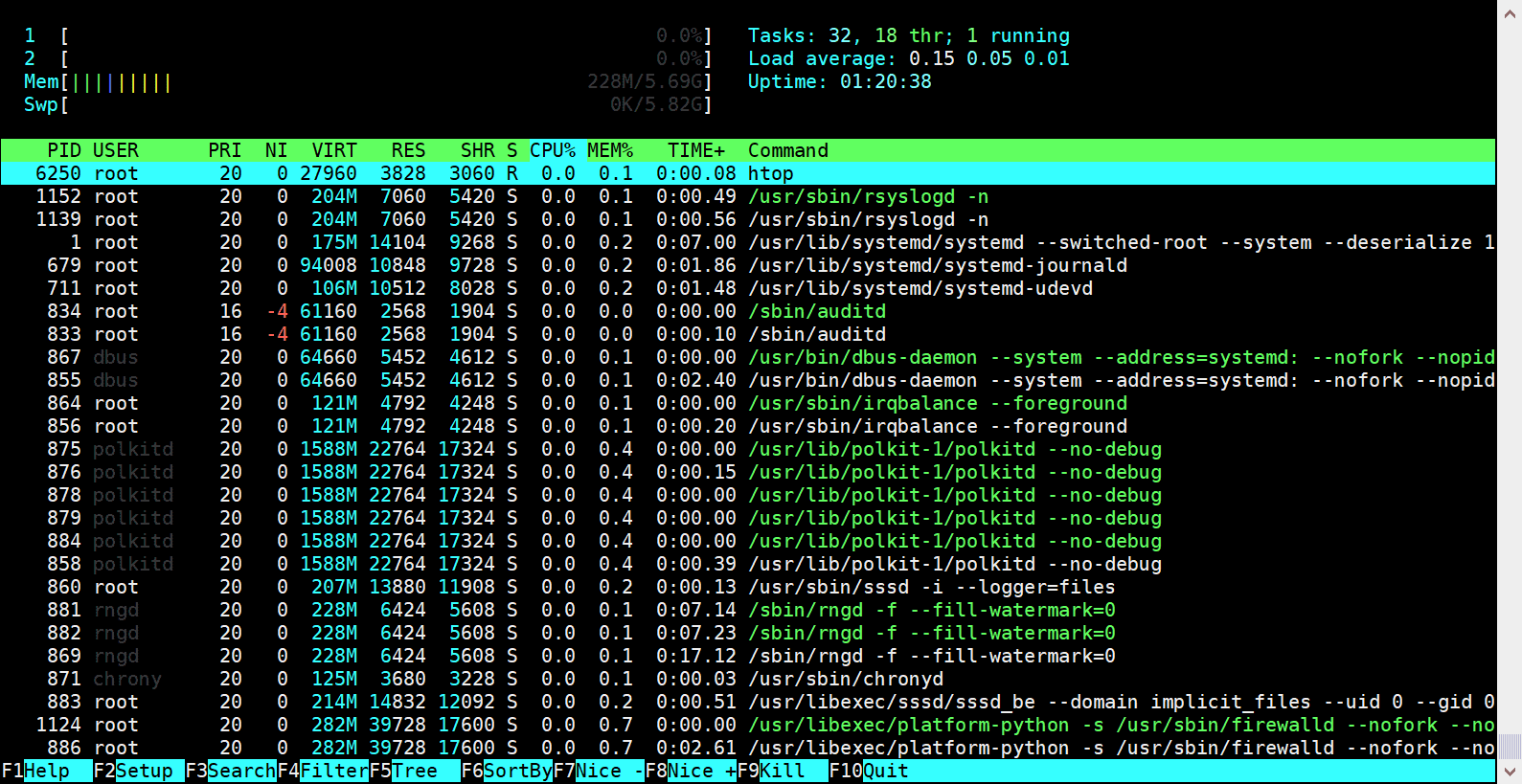
- #Command e command l how to
- #Command e command l install
- #Command e command l update
When it comes to package managers, which one should I use?. How do I change my prompt to suit my mood or needs?. #Command e command l how to
What should I say when someone asks if I know how to use vi?. Is there a trick for entering a long path quickly?. How can I make a shortcut to avoid retyping the same long command?. How can I customize my Terminal window so I can see man pages behind it?. How do I quickly figure out the path to an item on my Mac?. Which shell am I using, and how can I change my default shell?. What are the differences between the zsh shell and the bash shell?. What changed on the command line in macOS 10.15 Catalina? (A lot!). What changed on the command line in macOS 12 Monterey and macOS 11 Big Sur? (Not much, unless you have an M-series Mac!). Use handy shortcuts in the Terminal app itself and in zsh. #Command e command l install
Install new command-line software from scratch or with a package manager. Use grep to search for text patterns in files and filter output. Handle output with pipe (|) or redirect (> or <). Run commands as the root user using sudo.  Understand and change an item’s permissions, owner, and group. Control another Mac via its command line with ssh. Enable the command line to interact with the Finder. Quit programs that refuse to quit normally. See which programs are running and what system resources they’re consuming. Make shell scripts that have variables, user input, conditional statements, loops, and math. Create basic shell scripts to automate repetitive tasks. You’ll extend your skills as you discover how to: How to get help (Joe goes way beyond telling you to read the man pages). The importance of your PATH and how to change it, if you need to. How to customize your prompt and other shell defaults. How to start and stop a command-line program. Basic file management: creating, copying, moving, renaming, opening, viewing, and deleting files. How to navigate your Mac’s directory structure. Next, it’s on to the command line, where you’ll learn: The basics of Terminal’s interface and how to customize it. Exactly how commands, arguments, and flags work. The differences among Unix, a command line, a shell, and Terminal. The book begins by teaching you these core concepts:
Understand and change an item’s permissions, owner, and group. Control another Mac via its command line with ssh. Enable the command line to interact with the Finder. Quit programs that refuse to quit normally. See which programs are running and what system resources they’re consuming. Make shell scripts that have variables, user input, conditional statements, loops, and math. Create basic shell scripts to automate repetitive tasks. You’ll extend your skills as you discover how to: How to get help (Joe goes way beyond telling you to read the man pages). The importance of your PATH and how to change it, if you need to. How to customize your prompt and other shell defaults. How to start and stop a command-line program. Basic file management: creating, copying, moving, renaming, opening, viewing, and deleting files. How to navigate your Mac’s directory structure. Next, it’s on to the command line, where you’ll learn: The basics of Terminal’s interface and how to customize it. Exactly how commands, arguments, and flags work. The differences among Unix, a command line, a shell, and Terminal. The book begins by teaching you these core concepts: 
Mona Hosseini, grad student in Genomic Medicine and Statistics at the University of Oxford Thank you for the time and art that you spent to create such a clarifying text. I am definitely more confident now in facing the Mac command line. I found answers to many questions in your book, and I enjoyed reading it.

Joe includes 66 real-life “recipes” for tasks that are best done from the command line, as well as directions for working with permissions, carrying out grep-based searches, creating shell scripts, and installing Unix software.
#Command e command l update
The update will be free to anyone who purchases the book now. A minor update to cover changes in Ventura is planned for late 2022. Note: This version of the book includes complete coverage of Monterey, Big Sur, Catalina, and zsh. If you’ve ever thought you should learn to use the Unix command line that underlies macOS, or felt at sea when typing commands into Terminal, Joe Kissell is here to help! With this 228-page book, you’ll become comfortable working on the Mac’s command line, starting with the fundamentals and adding more advanced topics as your knowledge increases.







 0 kommentar(er)
0 kommentar(er)
